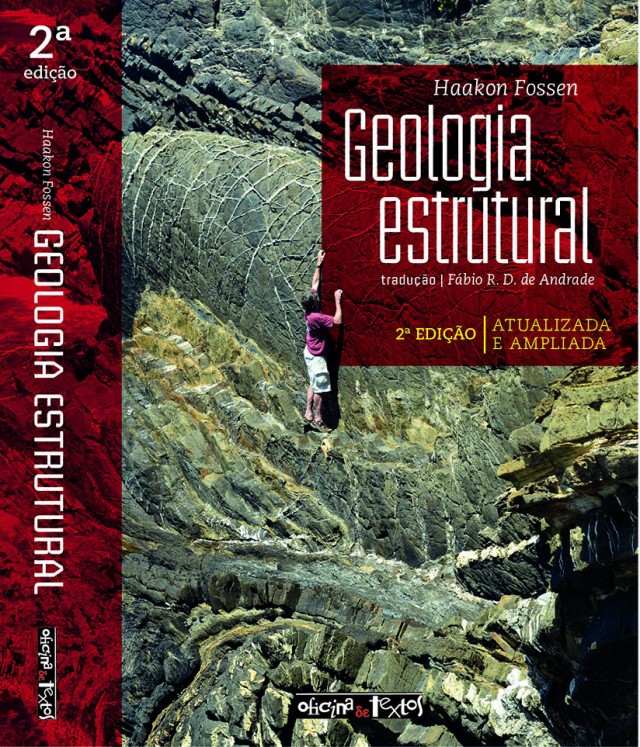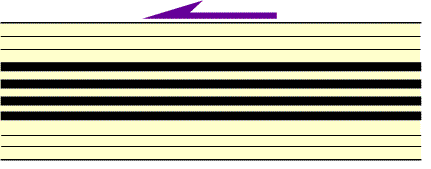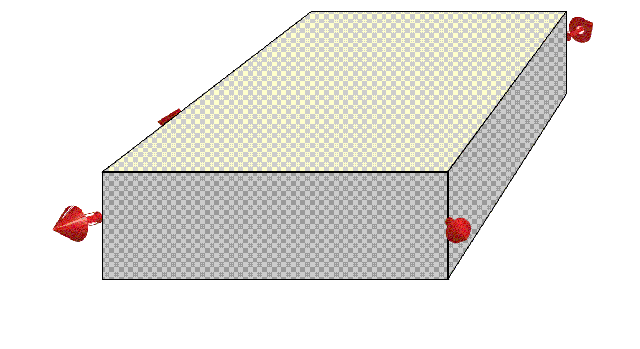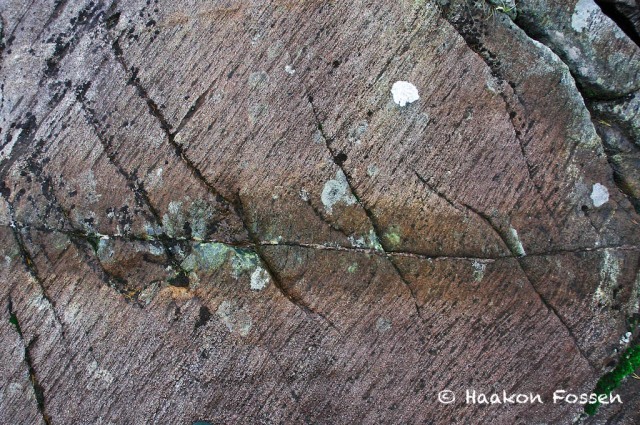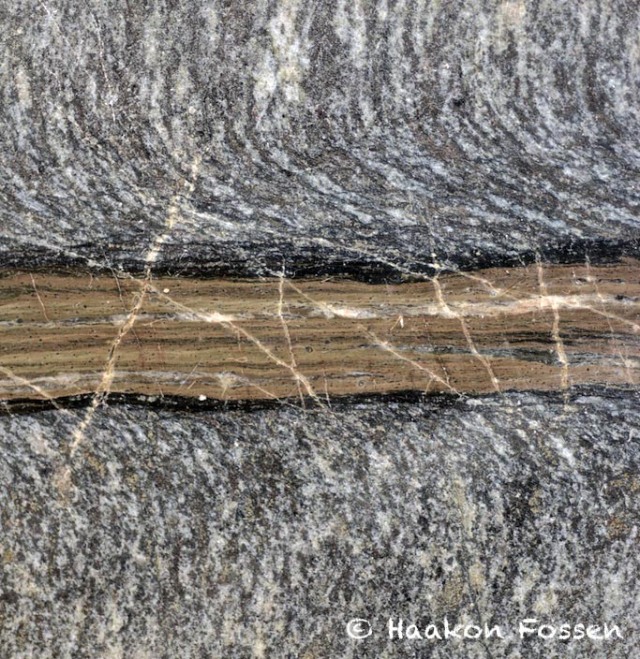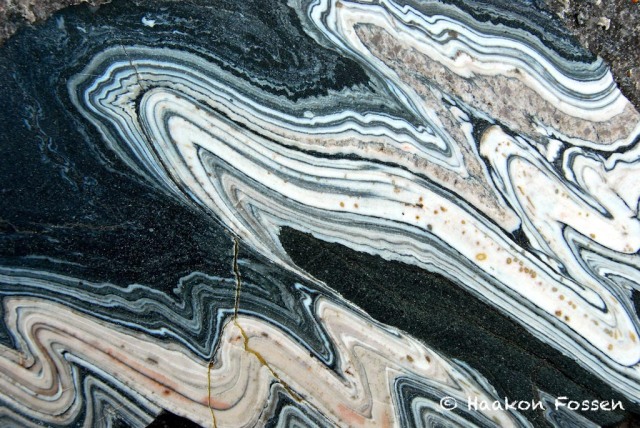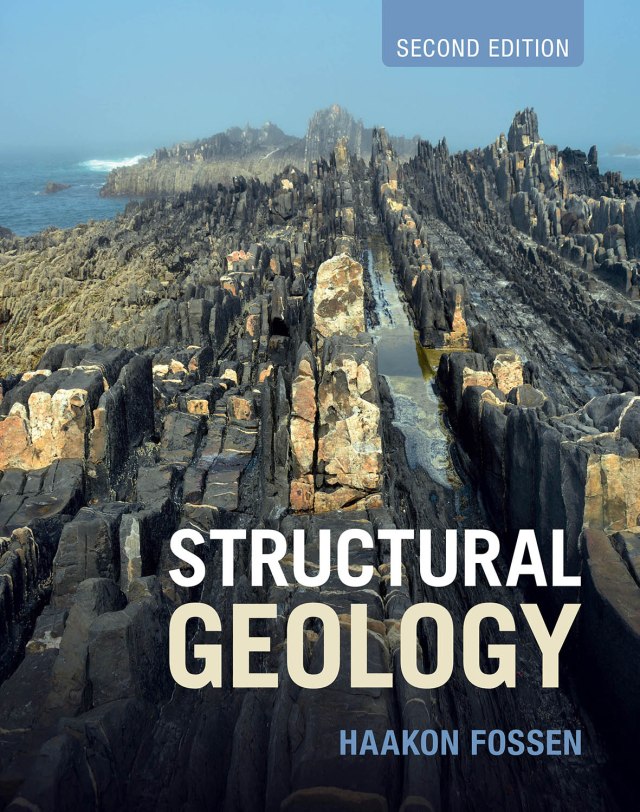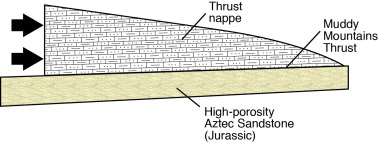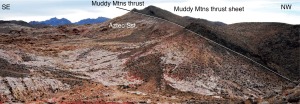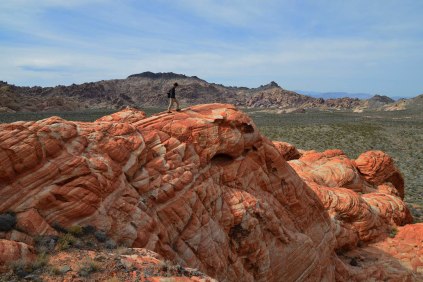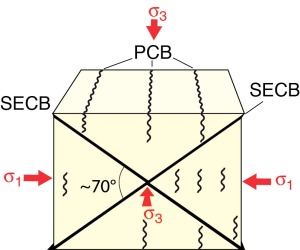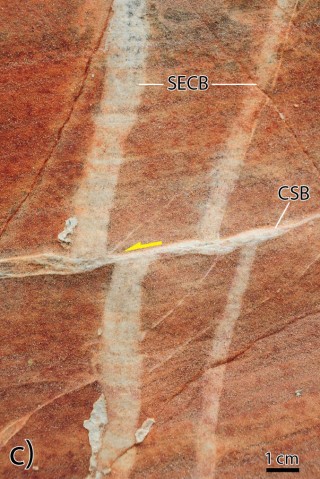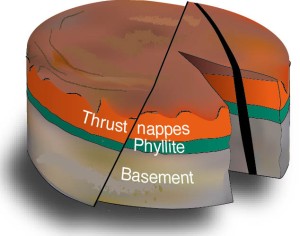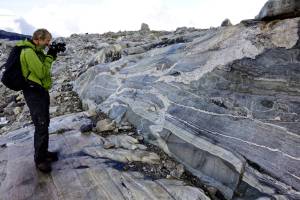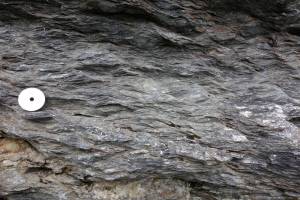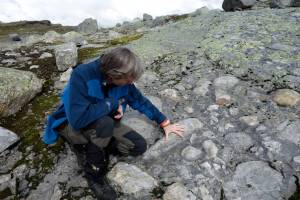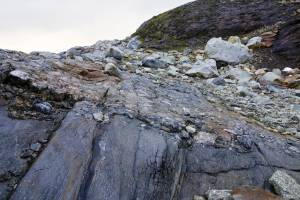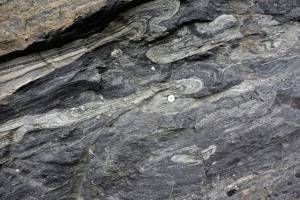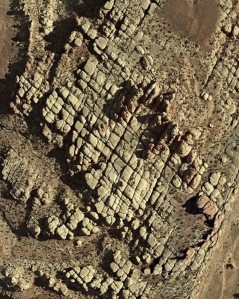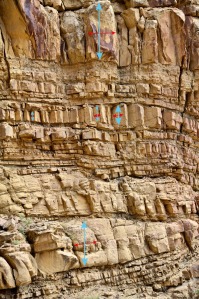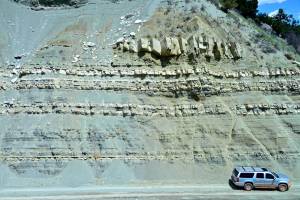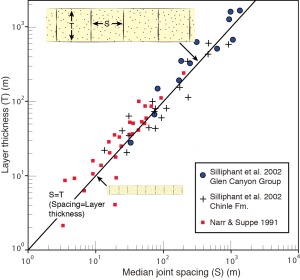The NE “corner” of South America, known among geologists as the Borborema province, is penetrated by beautiful transcurrent shear zone networks, with the largest ones being several tens of kilometers wide and extending for hundreds of kilometers, now limited by the Atlantic Ocean in the east and the Phanerozoic Parnaiba Basin in the west. They continue under the Parnaiba basin to form the Transbrasiliano lineament, and to the NE into the African continent as part of a shear zone system that is thousands of kilometers long. I have been lucky enough to visit the region several times and hope to continue to study some aspects of these intriguing shear zones.
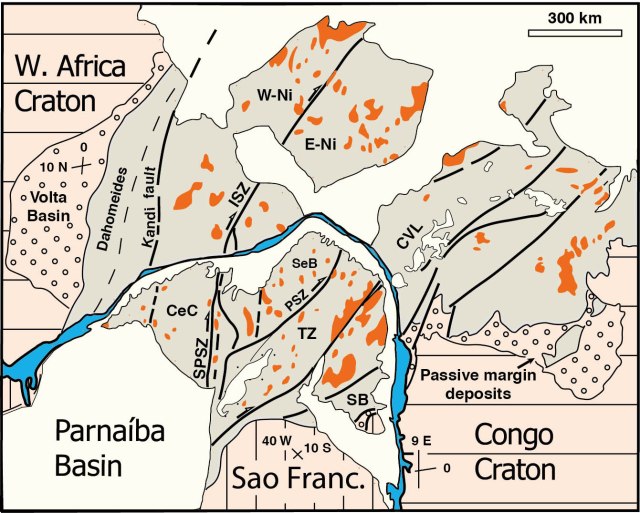
The NE corner of South America (Brazil) and its African counterpart, restored to the pre-Atlantic situation. Modified from Archanjo et al. (Tectonics 2002).
In Brazil the largest shear zones separate blocks of Precambrian basement of somewhat different ages and characteristics, but it is uncertain whether they represent sutures or just intracontinental shear zones formed during the late Neoproterozoic.
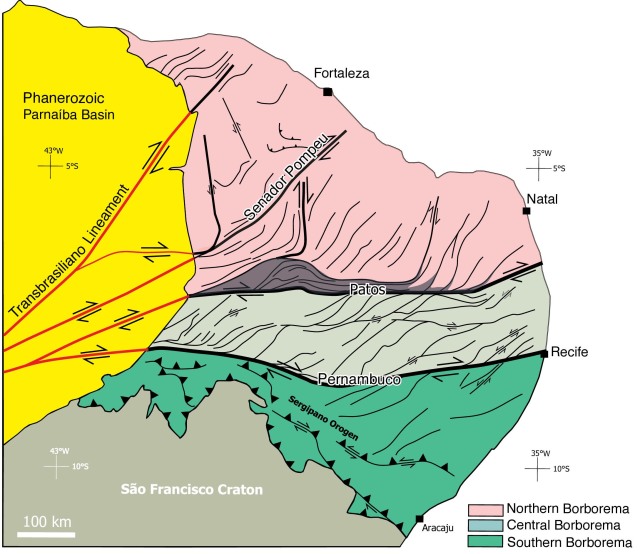
Large-scale shear zone pattern in NE Brazil. Modified from Granade de Araujo et al. (Terra Nova 2014)
Magnetic maps nicely portray the extraordinary shear zone pattern in this area:
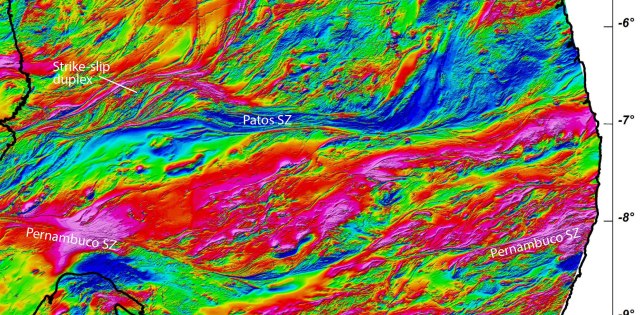
Magnetic image of part of the Borborema province, with the Patos Shear Zone as the main element. Data from the Brazilian Geological Survey. The image is also included in Chapter 1 of the 2nd edition of my structural geology book in Portuguese (Geologia estrutural).
In outcrop, some of the shear zone system formed at high temperatures with melt generation, while other parts formed under lower temperatures. Outcrop pictures shown below.
Small-scale structures are abundant, as shown here from mylonites of the S part of the Patos Shear Zone. Click images for higher resolution.
A huge strike-slip duplex is well developed in the western part of the Patos Shear Zone, also showing up nicely on the magnetic map:
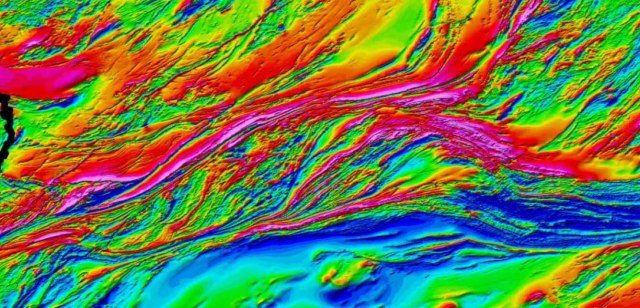
Magnetic map, strike-slip duplex, Patos Shear Zone. Geological Survey of Brazil.
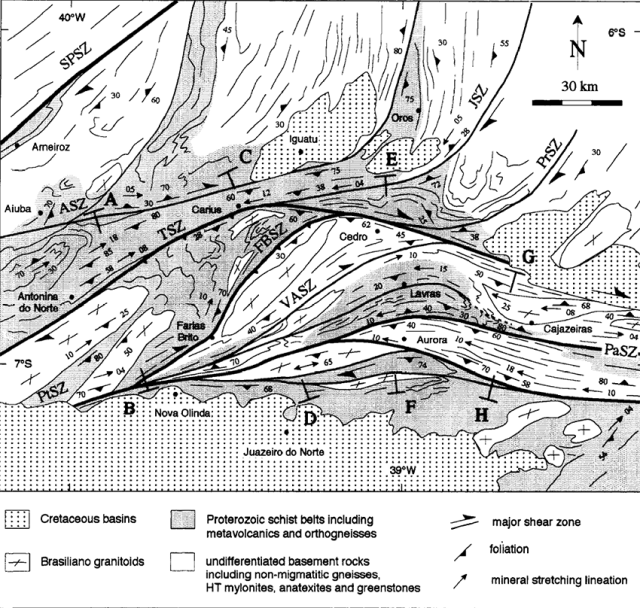
The strike-slip duplex (Corsini et al. JSG 1996)
In summary, this shear zone system is one of the largest in the world and display the anastomosing patterns of shear zone systems at scales from 1000 km down to that of a thin section. It contains many hidden secrets, and definitely deserves more attention.
Read more about shear zones in:
Fossen, H. & Cavalcante, G. C. G. 2017. Shear zones – A review. Earth-Science Reviews 171, 434-455.





